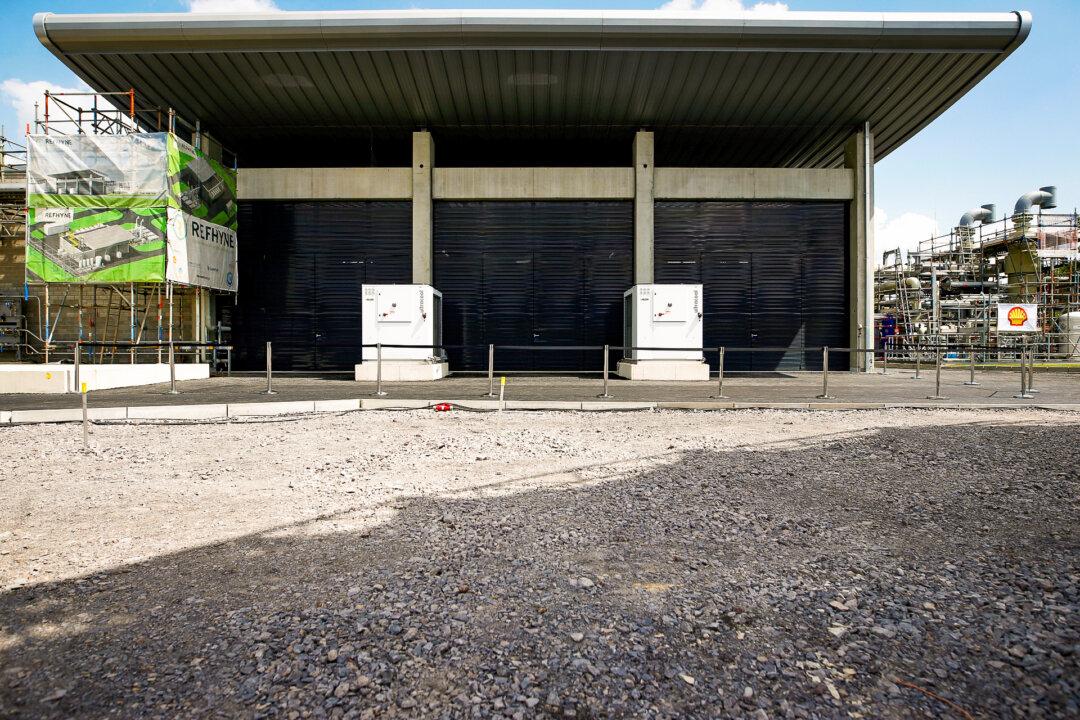The German government has agreed to plans for subsidizing gas power plants capable of switching to hydrogen, the economy ministry announced on Feb. 5. This move is part of efforts to support intermittent renewable energy and accelerate the transition to low-carbon generation.
The announcement comes in response to pressure from the industry, which has been waiting for details since the government promised the strategy last year. Germany counts on hydrogen to help the country transition away from gas and coal.





